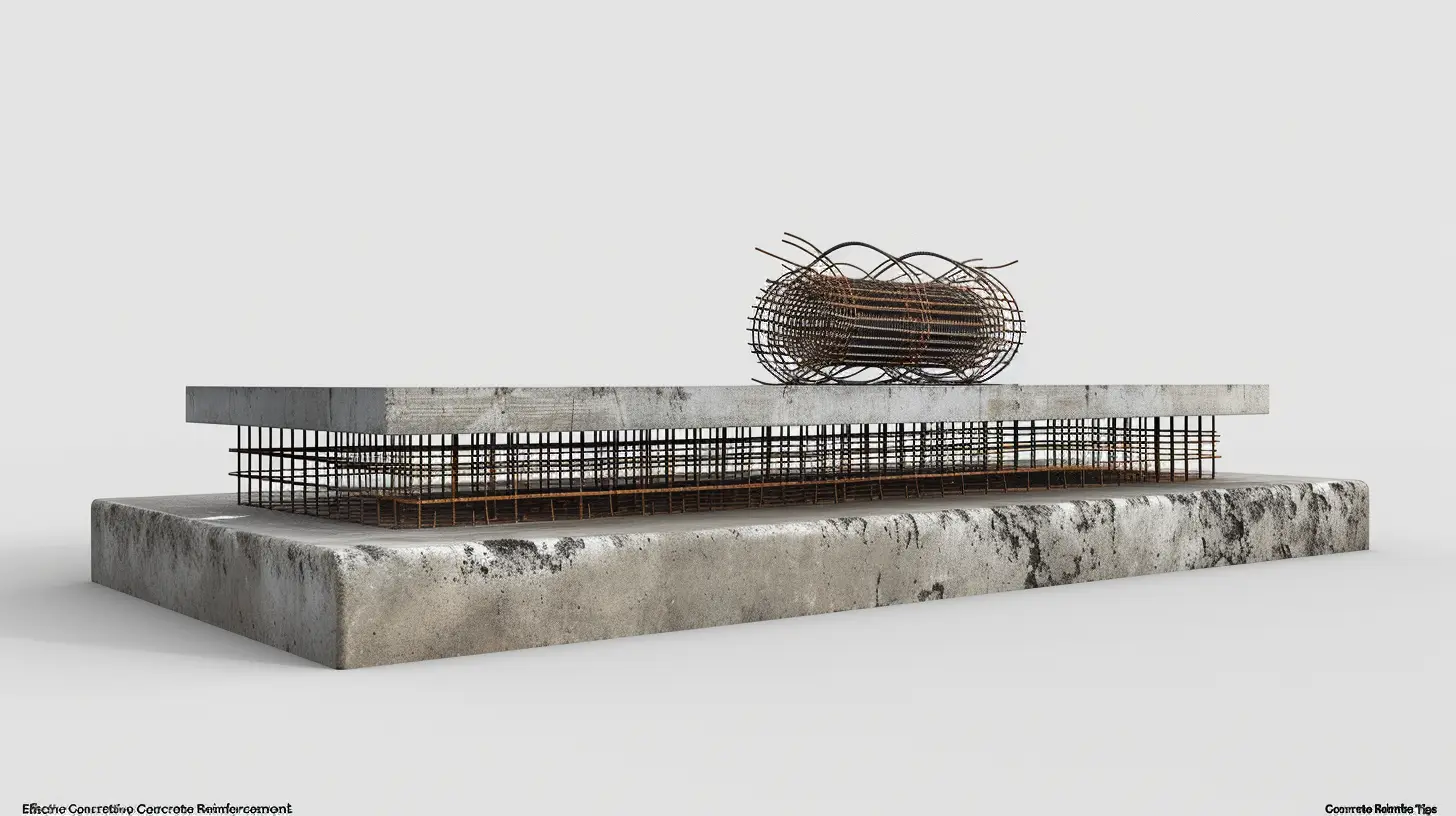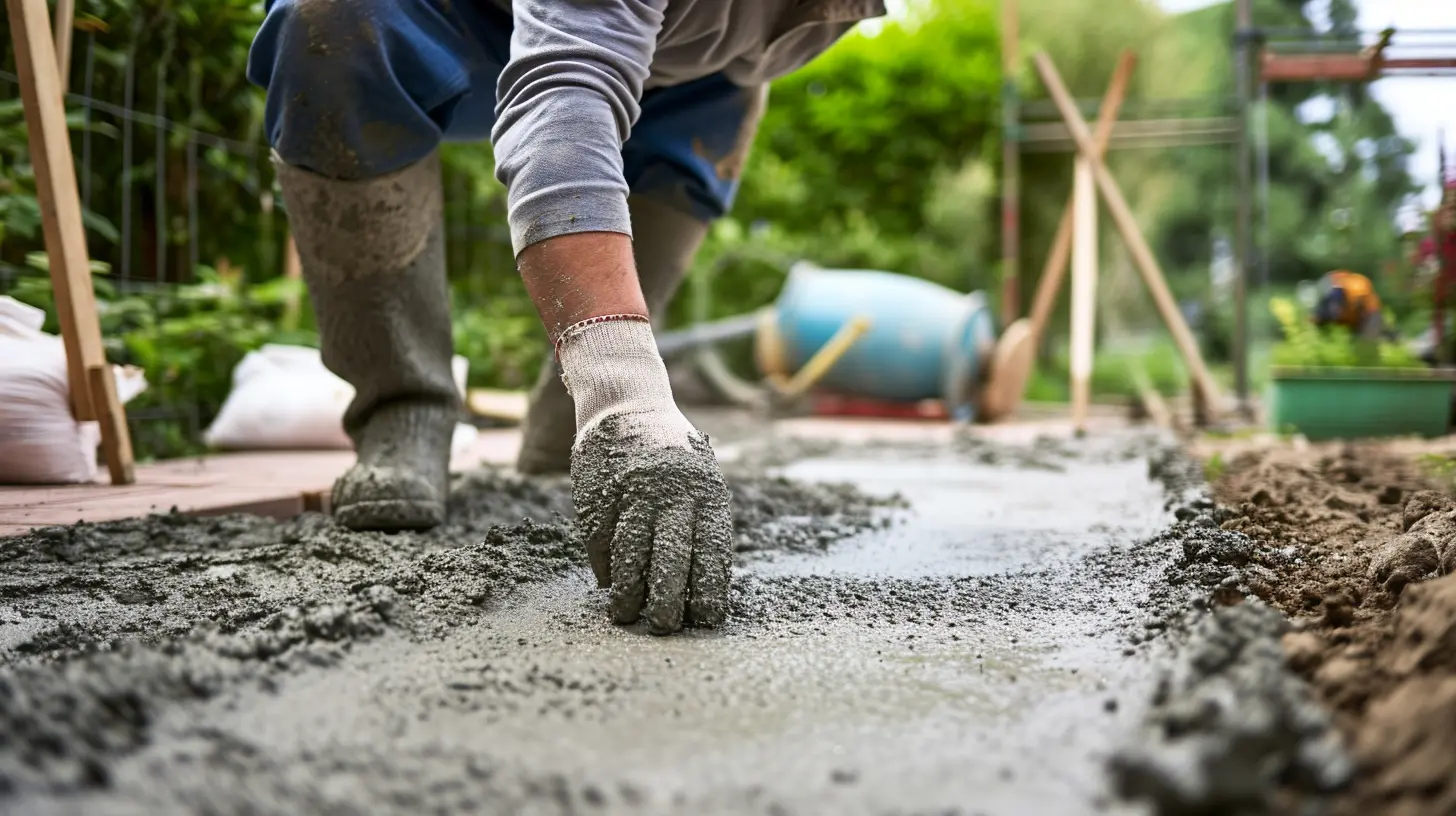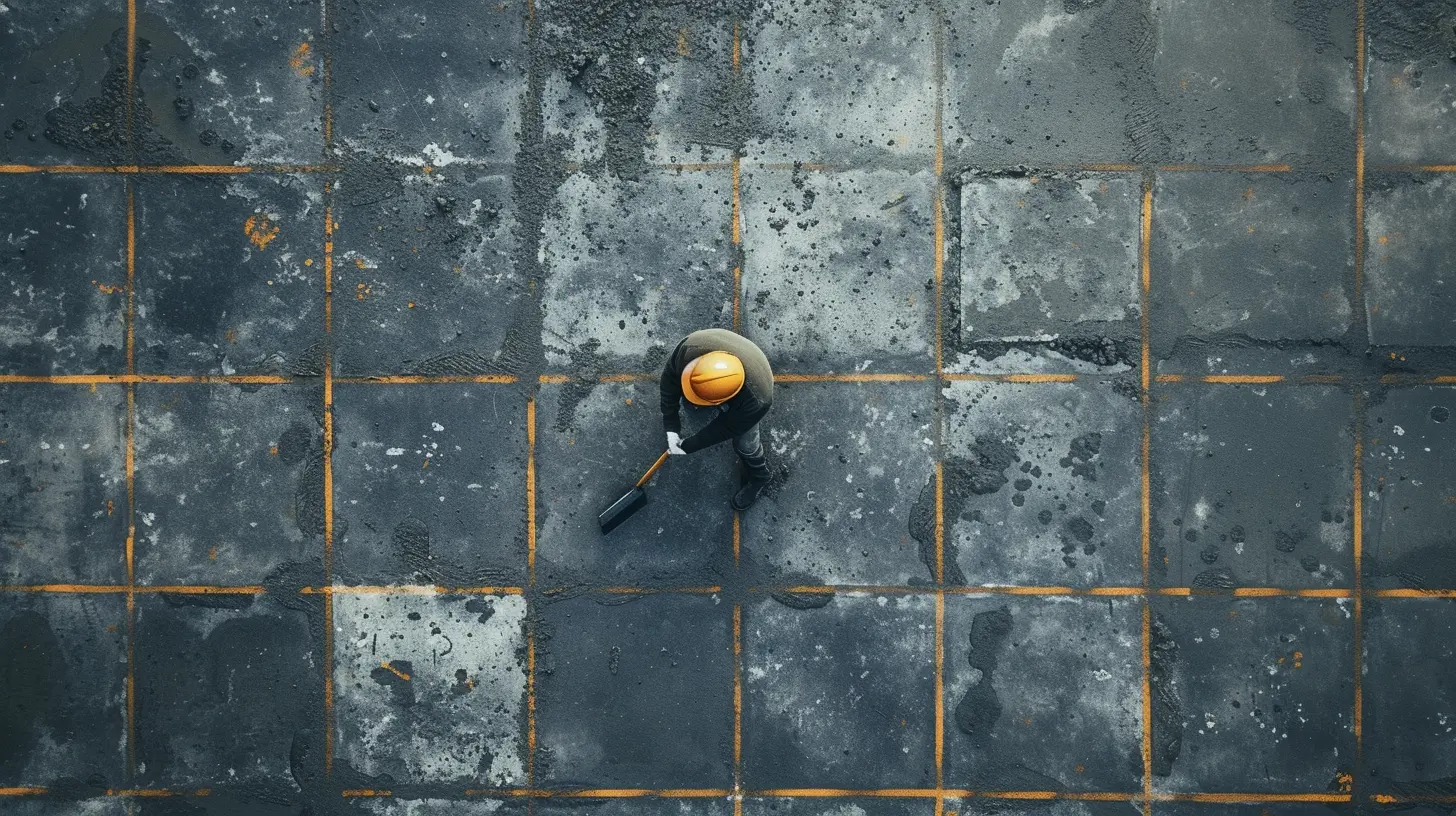
Effective Concrete Reinforcement Tips – A1’s Guide
Explore effective concrete reinforcement tips from A1 Services to ensure your projects are strong and durable. Avoid common pitfalls with our guide.

We’re seeing concrete as a versatile and durable material that’s become a staple in heaps of home improvement projects. Whether you’re keen to build a patio, a driveway, or just a simple garden path, concrete is often the go-to. But, can we really tackle these projects on a DIY basis? In this blog post, we’re aiming to shed light on the feasibility of DIY concrete projects, the skills needed, and when it’s best to call in the pros.
Understanding the feasibility of DIY concrete projects is crucial for a few reasons. First off, it can save you a fair bit of dosh if you can handle the project yourself. Second, it can give you a real sense of satisfaction and achievement. And lastly, it helps you better understand the process and appreciate the hard yakka that goes into creating concrete structures.
However, not all concrete projects are a walk in the park for DIY. Some need special skills and gear, and having a crack at them without the necessary know-how can lead to dodgy results or even accidents. So, it’s important to know your limits and when to call in a professional.
Concrete is a composite material made up of fine and coarse aggregate bonded together with a fluid cement that sets hard over time. It’s known for its durability and versatility, making it a top choice for a wide range of projects.
There are several types of concrete, each with its unique properties and uses. These include normal strength concrete, high strength concrete, high performance concrete, air entrained concrete, light weight concrete, and self compacting concrete. The type of concrete you choose for your project will depend on the specific requirements of the project.
Concrete is commonly used in home projects like driveways, patios, sidewalks, and foundations. It’s also used for decorative purposes, such as in concrete countertops and stamped concrete patios. Understanding the different types of concrete and their uses can help you choose the right material for your project.
Whether we can DIY a small concrete project at home depends on several factors. These include the complexity of the project, our skill level, the tools and equipment we have, and the amount of time we’re willing to invest in the project.
Some basic skills required for a DIY concrete project include measuring and marking, mixing concrete, pouring concrete, and finishing the surface. If you’re comfortable with these tasks and have the necessary tools and equipment, you might be able to handle a small concrete project on your own.
However, there are potential challenges to be aware of. These include making sure the concrete is mixed correctly, preventing cracks as the concrete dries, and achieving a smooth finish. It’s important to research and prepare for these challenges before starting your project.
Once you’ve decided to take on a small concrete project, the first step is to choose the right concrete for your project. This will depend on the specific requirements of the project, such as the strength and durability needed, and the desired finish.
Next, gather the necessary tools and materials. These may include a concrete mixer, a trowel, a screed, a concrete float, and protective gear such as gloves and safety glasses. You’ll also need to prepare the project area by clearing any debris and setting up your formwork.
Once the area is prepared, you can begin mixing and pouring the concrete. Follow the manufacturer’s instructions for mixing the concrete, and pour it into the formwork. After the concrete is poured, it needs to be cured, or allowed to harden, for a specific period of time. Once the concrete is cured, you can add any finishing touches, such as sealing or painting the surface.
Safety should always be a top priority when working with concrete. Concrete can cause skin irritation and eye damage, and inhaling concrete dust can cause respiratory problems. Therefore, it’s important to wear protective gear, including gloves, safety glasses, and a dust mask, when handling concrete.
Specific safety measures for concrete projects include making sure the work area is well-ventilated, keeping kids and pets away from the work area, and taking breaks to prevent fatigue. It’s also important to follow the manufacturer’s instructions for mixing and curing the concrete.
If an accident does occur, it’s important to know what to do. If concrete comes into contact with your skin, rinse it off immediately with plenty of water. If concrete gets into your eyes, rinse them with water and seek medical attention. If you inhale concrete dust, move to fresh air and seek medical attention if symptoms persist.
While many small concrete projects can be handled on a DIY basis, there are times when it’s best to call in a professional. Large or complex projects, like building a foundation or installing a concrete driveway, typically need professional expertise. Also, if you’re not up to handling concrete or don’t have the right tools and gear, it’s best to hire a professional.
Hiring a professional concreting service has several benefits. Pros have the skills and experience to handle complex projects, they have access to specialised equipment, and they can ensure the project is completed to a high standard. Plus, hiring a pro can save you time and effort, and often results in a better finished product.
If you’re looking for a professional concreting service, consider A1 Concreting Services. We’ve got a team of experienced pros who can handle a wide range of concrete projects, from small DIY jobs to big commercial projects. We pride ourselves on our top-quality workmanship and customer service, and we’re always keen to provide advice and guidance on your concrete projects.
In conclusion, while many small concrete projects can be tackled on a DIY basis, it’s important to understand the process, the skills required, and the potential challenges. By doing your research and preparing properly, you can ensure your project is a success.
We encourage you to give small DIY concrete projects a go and share your experiences. Whether you’re building a garden path, a patio, or a simple decorative piece, working with concrete can be a rewarding experience.
However, remember that not all projects are cut out for DIY. If you’re unsure or if the project is large or complex, don’t hesitate to call in a professional. A1 Concreting Services is here to help with all your concreting needs.
We’d love to hear about your DIY concrete projects. Share your experiences, tips, and photos with us, and inspire others to take on their own DIY projects. And remember, if you need professional help, don’t hesitate to contact A1 Concreting.

Explore effective concrete reinforcement tips from A1 Services to ensure your projects are strong and durable. Avoid common pitfalls with our guide.

Table of Contents I. Understanding Concrete Finishing Concrete finishing techniques doesn’t have to be kept a secrete. Iis about giving
Please feel free to call or email us,
or use our contact form to get in touch with us.
We look forward to hearing from you!